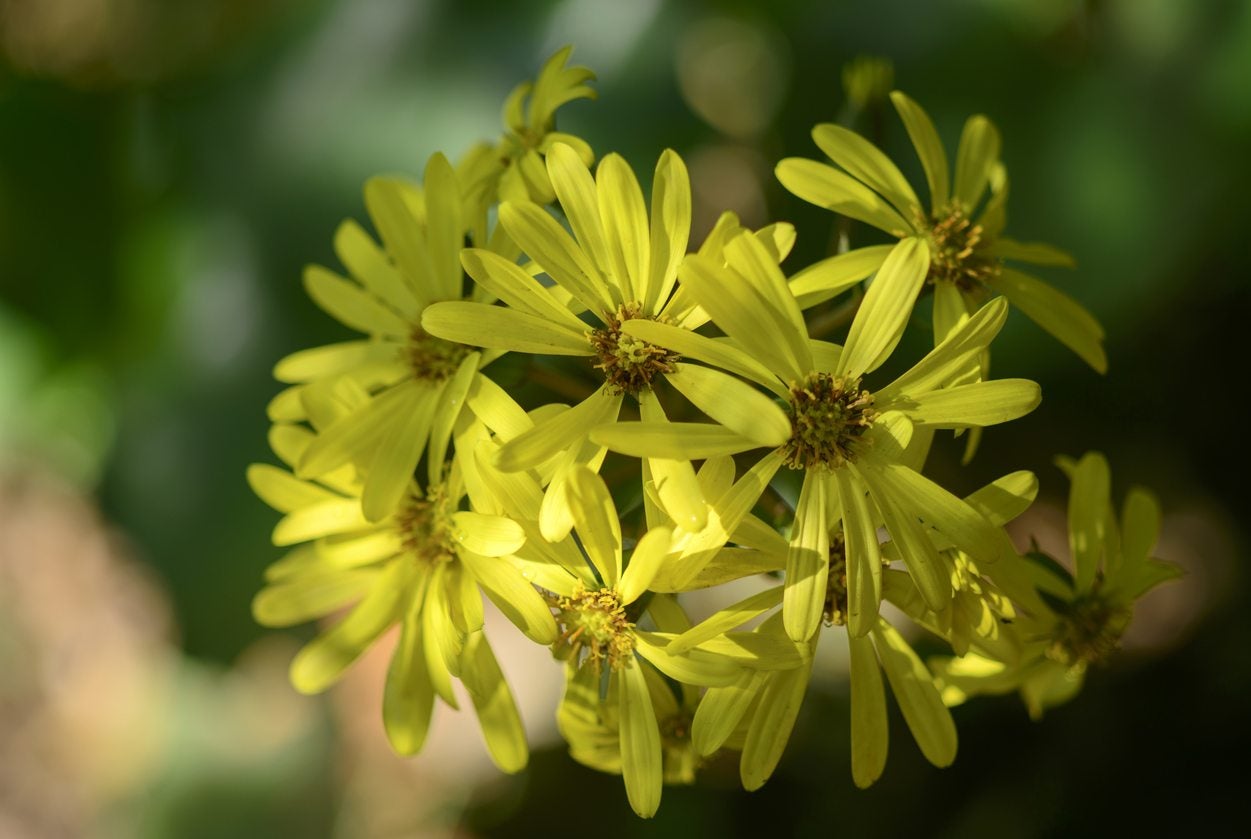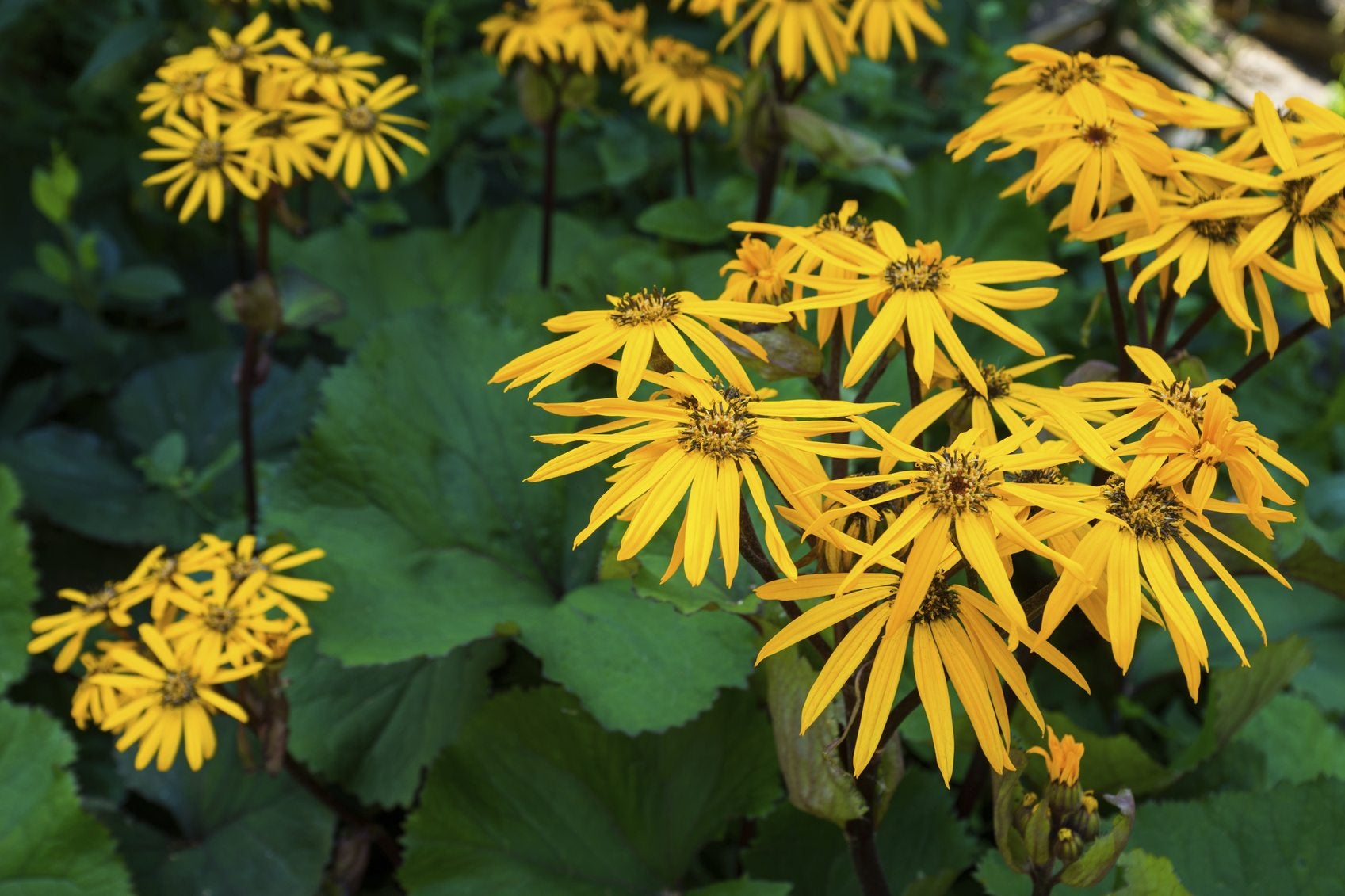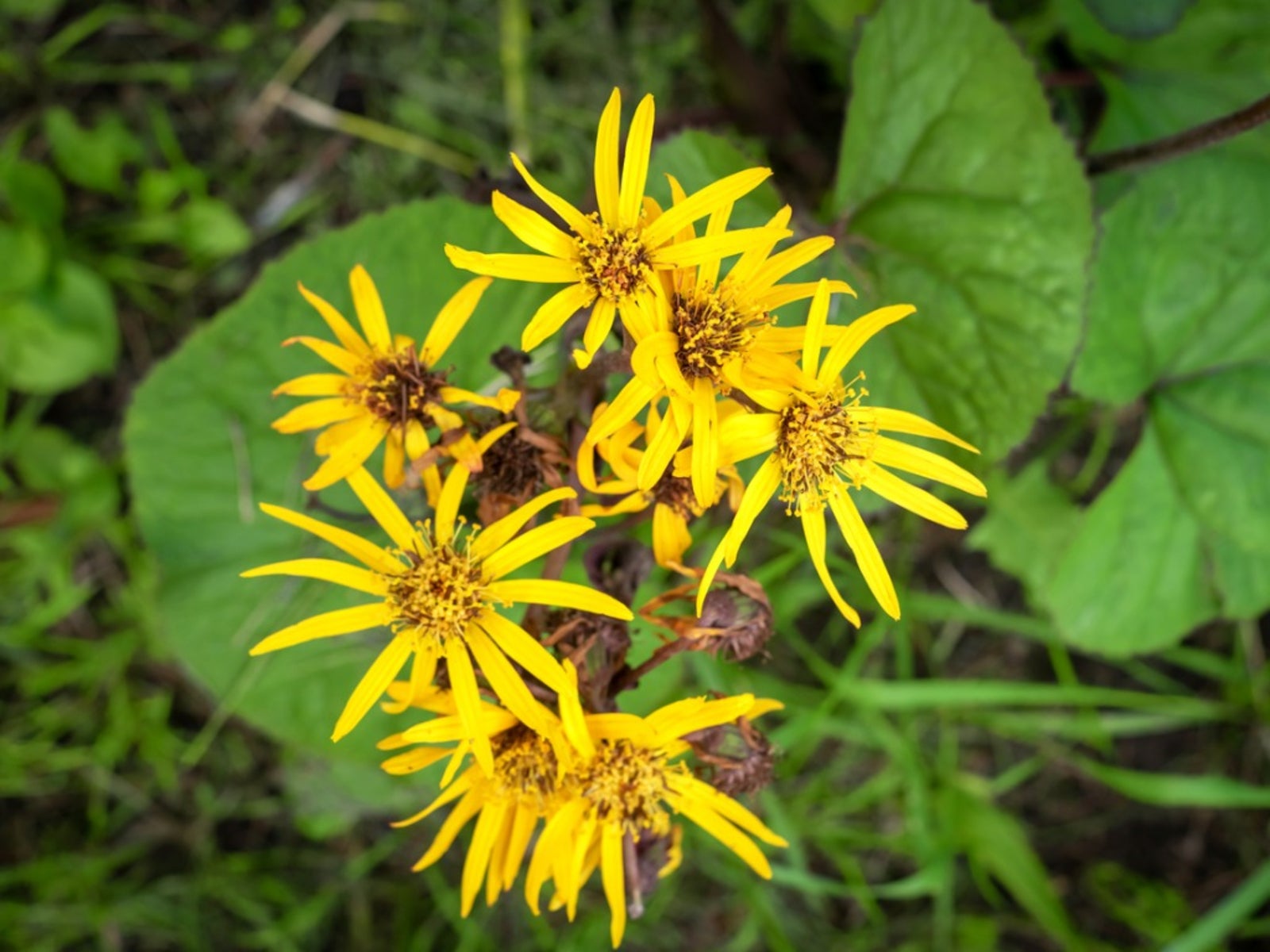Leopard Plant Care – Tips On Growing A Leopard Plant


Also known as Ligularia or Farfugium, leopard plant (Farfugium japonicum, formerly known as Ligularia tussilaginea) is a bold plant that stands out in semi-shady garden spots. Although the leopard plant is appreciated for its small, daisy-like blooms, the spectacular, dinner-plate-sized foliage is the real attention getter. Growing leopard plants in the garden is easy. Read on to learn how.
Farfugium Leopard Plant Info
Leopard plant is native to Asia. Some cultivars sport variegated, leopard spotted leaves, thus the descriptive name. Small, daisy-like flowers atop 3 to 4 foot (1 m.) stems appear in late November or early December. However, much like hosta, some gardeners pinch the spiky blooms to direct energy to the leaves. Leopard plant is evergreen in USDA plant hardiness zones 7 through 10, but the plant dies down if temperatures drop below 30 degrees F. (-1 C.). Unless exposed to a hard freeze, the leaves will regrow in spring.
Growing a Leopard Plant
When mass planted, leopard plants make great groundcovers for a woodland garden. They are a good choice for damp areas, including alongside a pond or stream. They also grow well in large containers. Leopard plants in the garden can get by with very little sun and too much summer sun will wilt the leaves. Look for a spot in partial or light shade. (Growing a leopard plant is much like growing a hosta.) A location protected from the intense wind is also beneficial. The plant thrives in rich, moist soil. Water leopard plants as needed to keep the soil consistently moist, especially during hot, dry weather. Regular irrigation is especially important during the first growing season. Feed leopard plants before new growth appears in spring using a good quality, general-purpose fertilizer. Leopard plants aren’t typically susceptible to plant diseases, and they don’t have too much trouble with pests – except for slugs that love to dine on the big, juicy leaves. Watch for signs of slug damage and treat accordingly. The best method of leopard plant propagation is to simply dig and divide mature clumps in spring.
Gardening tips, videos, info and more delivered right to your inbox!
Sign up for the Gardening Know How newsletter today and receive a free copy of our e-book "How to Grow Delicious Tomatoes".

A Credentialed Garden Writer, Mary H. Dyer was with Gardening Know How in the very beginning, publishing articles as early as 2007.
-
 Looking For Plants To Give You The Soft And Fuzzies? Try These 5 Fuzzy Leaf Plant Options
Looking For Plants To Give You The Soft And Fuzzies? Try These 5 Fuzzy Leaf Plant OptionsLovers of texture, drama, silver foliage and tactile plants will adore these special sensory garden additions. These fuzzy leaf plant options will leave you all aglow
By Susan Albert
-
 Get Ready For A Summer Of Hummers! Grow These Full Sun Hummingbird Plants and Flowers
Get Ready For A Summer Of Hummers! Grow These Full Sun Hummingbird Plants and FlowersIf you’re lucky enough to enjoy a sunny backyard, make sure you are maxing out on your pollinator opportunities and grow these full sun hummingbird plants and flowers
By Tonya Barnett
-
 Can Ligularia Be Divided – Learn How To Split Ligularia Plants
Can Ligularia Be Divided – Learn How To Split Ligularia PlantsGrowing 3-6 feet (1-2 m.) tall and 3 feet (1 m.) wide, the large, purple-tinged foliage topped with bright yellow flowers of ligularia has a dramatic effect in a part-shade or shade garden. One is simply not enough. If you've wondered if can ligularia be divided, click here.
By Darcy Larum
-
 Ligularia Plant Information: How To Care For Ligularia Ragwort Flower
Ligularia Plant Information: How To Care For Ligularia Ragwort FlowerWhat is Ligularia? These plants are in the Aster family and are also commonly called ragwort flower. Learn how to care for Ligularia in the following article. Click here for more information.
By Bonnie L. Grant